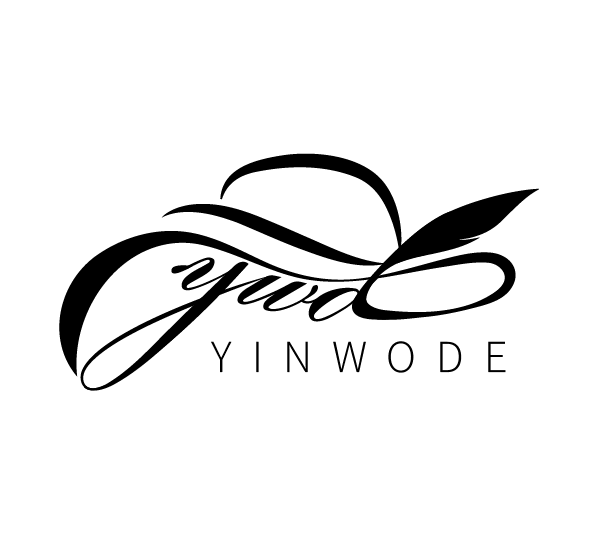In the world of lighting technology, two popular choices for illumination are fiber-optic systems and embedded LEDs. Each option offers unique advantages and disadvantages that cater to different needs and preferences. In this article, we will delve into the key differences between fiber-optic illumination and embedded LEDs to help you make an informed decision for your lighting requirements.
Efficiency and Energy Consumption
Fiber-optic illumination is known for its high energy efficiency as it utilizes a single light source to transmit light through optical fibers to various locations. On the other hand, embedded LEDs are also energy-efficient but may require more individual bulbs to achieve the same level of brightness compared to fiber-optic systems. This makes fiber-optic illumination a preferred choice for applications that require minimal power consumption.
Installation Flexibility
When it comes to installation, embedded LEDs have a competitive edge over fiber-optic systems. LEDs can be easily integrated into various fixtures, offering flexibility in design and placement. Fiber-optic illumination, on the other hand, requires dedicated optical fibers to transmit light, which may limit installation options in some settings.
Color and Light Intensity Control
Fiber-optic illumination provides precise control over color and light intensity by adjusting the light source or using filters along the optical fibers. This level of customization is often favored in settings where specific lighting effects are desired. In contrast, embedded LEDs offer pre-set color options and may have limitations in adjusting light intensity, making them less ideal for applications that require dynamic lighting arrangements.
Maintenance and Durability
Embedded LEDs are known for their longevity and minimal maintenance requirements, as individual bulbs can be replaced easily without affecting the entire lighting system. Fiber-optic systems, however, may require more specialized maintenance due to their complex optical components. While fiber-optic illumination can be durable when properly maintained, it may involve higher upkeep costs compared to embedded LEDs.
Cost Considerations
When it comes to cost, embedded LEDs are generally more budget-friendly compared to fiber-optic illumination. The initial investment for LED fixtures and bulbs is lower, making them a popular choice for cost-conscious consumers. Fiber-optic systems, on the other hand, may have higher upfront costs due to the need for optical fibers and specialized light sources.
Customization Options
Fiber-optic illumination offers extensive customization options, allowing users to create unique lighting effects and designs. The ability to manipulate light through optical fibers opens up creative possibilities in various settings, from architectural lighting to art installations. Embedded LEDs, while versatile, may have limitations in achieving the same level of customization and artistic expression.
Environmental Impact
In terms of environmental impact, both fiber-optic illumination and embedded LEDs are considered eco-friendly lighting options. LEDs are known for their low energy consumption and minimal carbon footprint, making them a sustainable choice for environmentally-conscious users. Fiber-optic illumination, with its energy-efficient design and long lifespan, also contributes to reducing overall energy consumption and waste.
Application Suitability
When deciding between fiber-optic illumination and embedded LEDs, it is essential to consider the specific application requirements. Fiber-optic systems are ideal for precision lighting needs, such as medical equipment, telecommunications, and scientific instruments. On the other hand, embedded LEDs are more versatile and can be used in a wide range of settings, including residential, commercial, and outdoor lighting applications.
Technological Advancements
Both fiber-optic illumination and embedded LEDs continue to evolve with technological advancements, offering improved efficiency, performance, and design options. As research and development in lighting technology progress, users can expect more innovative solutions that combine the benefits of fiber-optic systems and embedded LEDs to meet diverse lighting requirements in the future.
Conclusion
In conclusion, the choice between fiber-optic illumination and embedded LEDs ultimately depends on your specific lighting needs, budget considerations, and design preferences. Whether you prioritize energy efficiency, customization options, or installation flexibility, both options offer unique benefits that cater to a wide range of applications. By understanding the key differences between fiber-optic illumination and embedded LEDs, you can make an informed decision to enhance your lighting experience.

